|
Rebecca Caudill Young Readers Book Award Nominees 2003
|
Connections | ||||||||||||||
|
The Homeless Bird won The National Book Award for Young People's Literature in 2000 Background In places in India even today, young people are married at very early ages. These marriages are arranged by their parents and a dowry is paid to the groom's parents. The bride goes to live with the groom's family and becomes a part of his household. She cannot go back to her own parents without disgracing herself and her parents. Food, shelter and caring for the members of the household are the main concerns of these women. Education, reading, and having a happy life are not as important. If a woman's husband dies, she becomes a widow. Remarriage is not looked upon with favor. These women have no money of their own and are at the mercy of their husband's family to care for them. Tradition has been that these women become a burden to the husband's family. Many are abandoned or run away. One city in India where many widow's go is Vrindavan. Story This is the story of Koly, a young girl of thirteen who's family is poor and lives in a rural area of India. Her family arranges a marriage for her to a young boy who dies shortly thereafter. Koly becomes a widow. Her life, which was already difficult, becomes even harder, but her spirit, generosity and skill help her toward a better life.
Varanasi by the Ganges. Varanasi is considered the holiest city in India. Hindus go there to immerse themselves in the Ganges River. More. Koli's husband's family went there with her husband to try to save his life. WORDS FOR THE WISE A glossary of Indian words is contained in the Author's note at the end of the book.
Try to organize this list of words from the book into three categories. Some words have more than one meaning. Use the text in the story to help you figure out meanings. Keep a dictionary, thesaurus, or computer nearby. Know: I know what it means Seen: I've seen this word before, but am not sure of its meaning. New: I've never seen this word before.
Other Books National Book Award Winners for Young People's Literature. While most of these books are for slightly older readers, fifth and sixth graders with excellent reading skills would like them. 1996 - Parrott
In the Oven: MiVida 1997 - Dancing on
the Edge 1998
- Holes 1999
- When Zachary Beaver Came to Town
2000 - Homeless Bird 2001
- True Believer |
Pictures of Daily life in India Pictures of Religious practice in India Koly could embroider pictures from her life onto quilts and saris. More traditional patterns are shown below. Traditional Embroidery patterns of India. Crewel work
Other Web Pages to Visit CNN Reports on Widows of Vrindavan Some Help is Being Given
The Hindu : Online edition of India's National Newspaper
Student Reviews Would you like to review this book? Click here
Gloria Whelan has written a remarkable book. In simple language that is fillled with the hope of a young girl, Whalen tells the story of tragedy and and hopelessness for other women. Koli is fortunate in this story; she is not overly abused, she has luck; and she is talented. It could be read aloud and it is suitable for young readers on their own -- background of Indian custom given as an introduction would be helpful. DISCUSSION QUESTION and Activity Cultures around the world are very different from our own. What can we do as a class and as a school to understand other cultures better? Make a chart of answers and suggestions.
| ||||||||||||||


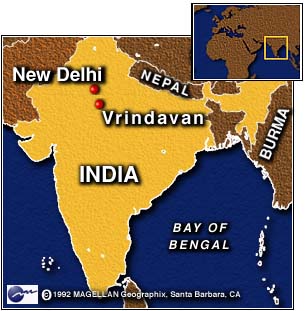

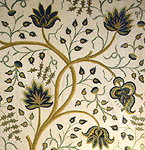
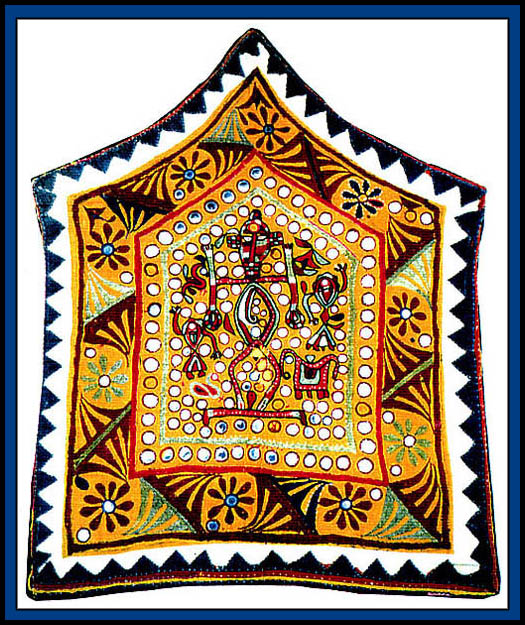
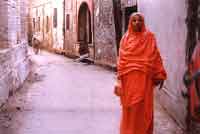
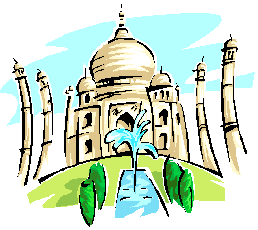
 For
the Teacher
For
the Teacher